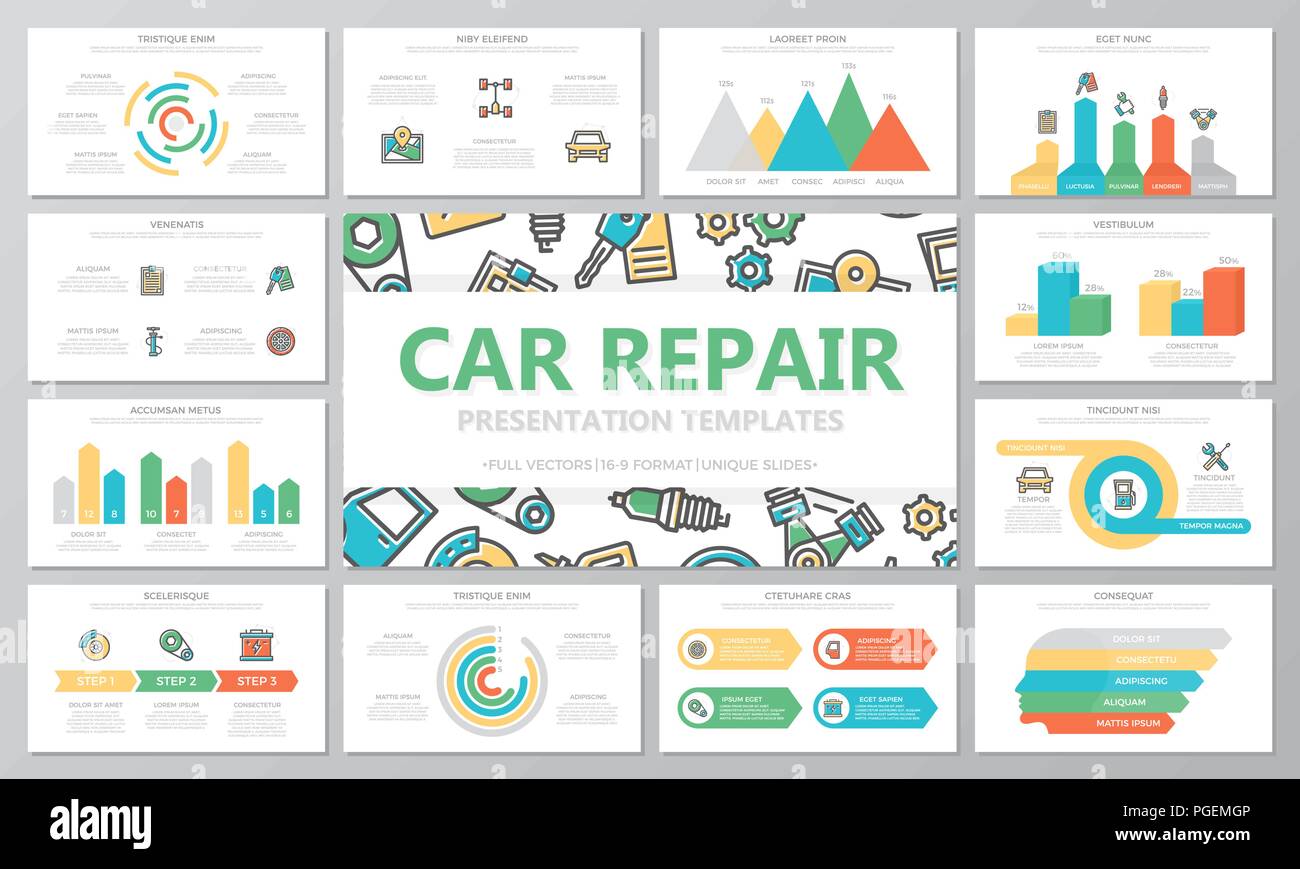Deciphering Your Car'S Warning Indicators: What They Absolutely Signify
Deciphering Your Car'S Warning Indicators: What They Absolutely Signify
Blog Article
Created By-Hartley Gilbert
When you're behind the wheel, those beautiful warning lights on your dashboard can be a little bit puzzling. Do supplemental resources understand what they're attempting to tell you concerning your cars and truck's health and wellness? Comprehending the value of these lights is essential for your security and the durability of your automobile. So, the following time among those lights appears, wouldn't you intend to decode its message accurately and take the essential steps to resolve it?
Common Caution Lights and Interpretations
Determine usual caution lights in your auto and understand their meanings to make certain secure driving.
The most normal warning lights consist of the check engine light, which signals problems with the engine or exhausts system. If this light comes on, it's crucial to have your automobile examined immediately.
The oil pressure cautioning light suggests low oil pressure, needing immediate interest to avoid engine damages.
A blinking battery light could suggest a faulty billing system, possibly leaving you stranded if not attended to.
The tire pressure surveillance system (TPMS) light notifies you to reduced tire stress, influencing automobile stability and fuel performance. Ignoring this might cause unsafe driving problems.
The ABS light indicates an issue with the anti-lock stopping system, jeopardizing your capacity to stop rapidly in emergency situations.
Last but not least, the coolant temperature cautioning light warns of engine getting too hot, which can cause severe damages otherwise solved quickly.
Understanding these typical caution lights will certainly aid you resolve issues without delay and keep safe driving problems.
Relevance of Prompt Focus
Understanding the common caution lights in your auto is just the very first step; the significance of without delay addressing these cautions can't be stressed enough to ensure your safety when driving.
When a caution light brightens on your control panel, it's your cars and truck's way of interacting a possible problem that needs focus. Ignoring these warnings can result in extra extreme problems down the road, endangering your security and potentially costing you much more in repairs.
Motivate interest to advising lights can protect against breakdowns and mishaps. For https://oil-near-me51738.theisblog.com/32309688/analyze-your-automobile-s-requirements-to-locate-the-perfect-automobile-detailing-service-for-you-however-which-factors-will-genuinely-influence-your-decision , a blinking check engine light might suggest a misfire that, if left neglected, might trigger damage to the catalytic converter. Resolving this immediately can save you from a costly fixing.
In a similar way, a brake system warning light could signal low brake liquid or used brake pads, essential parts for your safety and security when driving.
Do It Yourself Troubleshooting Tips
If you observe a warning light on your control panel, there are a few DIY troubleshooting pointers you can try before seeking specialist assistance.
The first step is to consult your automobile's manual to recognize what the certain warning light indicates. Sometimes the problem can be as straightforward as a loosened gas cap triggering the check engine light. Tightening the gas cap might solve the trouble.
An additional usual issue is a low battery, which can cause various advising lights. Examining the battery links for rust and ensuring they're safe and secure may take care of the issue.
If a warning light lingers, you can try resetting it by separating the vehicle's battery for a few minutes and afterwards reconnecting it. Furthermore, checking your car's liquid levels, such as oil, coolant, and brake fluid, can help fix advising lights related to these systems.
Conclusion
Finally, understanding your vehicle's caution lights is necessary for maintaining your vehicle running efficiently and securely. By immediately dealing with these signals and recognizing what they suggest, you can avoid costly repair work and possible failures.
Bear in mind to consult your car's handbook for particular details on each cautioning light and take action as necessary to make sure a hassle-free driving experience.
Keep informed, remain secure when driving!
